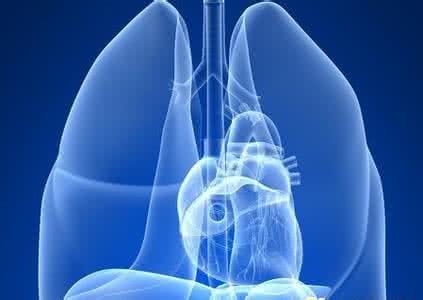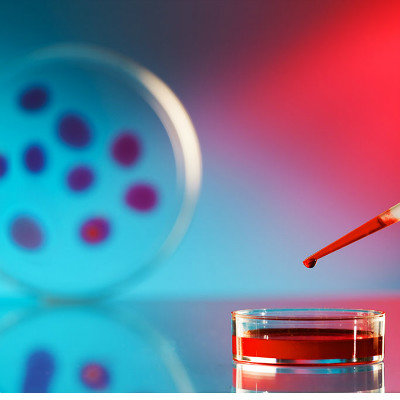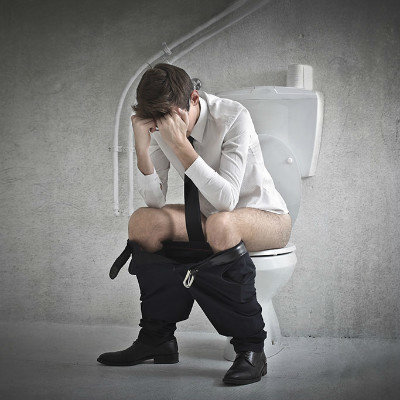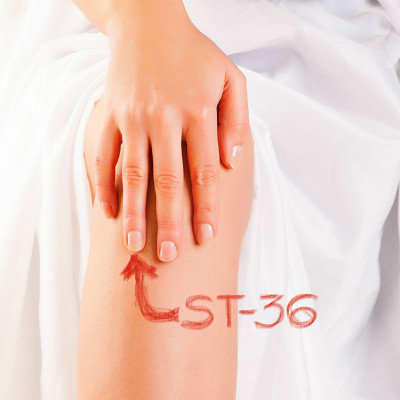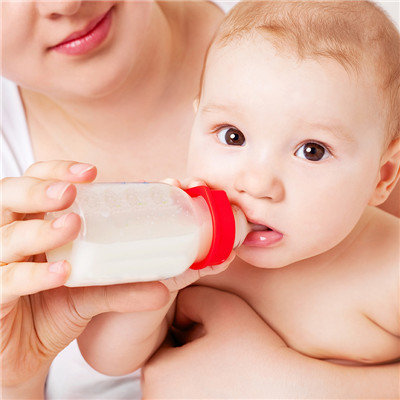How to diagnose rheumatoid arthritis
summary
Joints are a link for our body, connecting our bones, so it is easy to develop arthritis. Let me share with you how to diagnose rheumatoid arthritis.
How to diagnose rheumatoid arthritis
First: rheumatoid factor (RF): RF is an anti IgG immunoglobulin produced in the body, which is mainly synthesized by plasma cells of synovium and secreted into synovial fluid and blood. In addition, the plasma of spleen, lymph nodes and rheumatoid subcutaneous nodules. Cells can also produce.
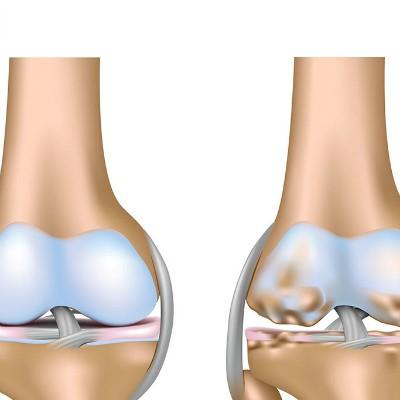
Second: CRP: also known as C-reactive protein, referred to as CRP. The positive rate was 80% ~ 90%. The clinical significance of CRP is the same as ESR, which is a good indicator of inflammation.

Third: human histocompatibility antigen (HLA): Determination of human histocompatibility antigen is mainly used for the differential diagnosis of rheumatoid and ankylosing spondylitis. HLA-B27 was negative in rheumatoid patients, but 90% - 100% in ankylosing spondylitis patients. The positive rate of healthy people is about 5% - 9%.

matters needing attention
All kinds of orthopedic supports and splints can be used to maintain the functional position of the joints and avoid foot drop, wrist drop and other joint deformities.

